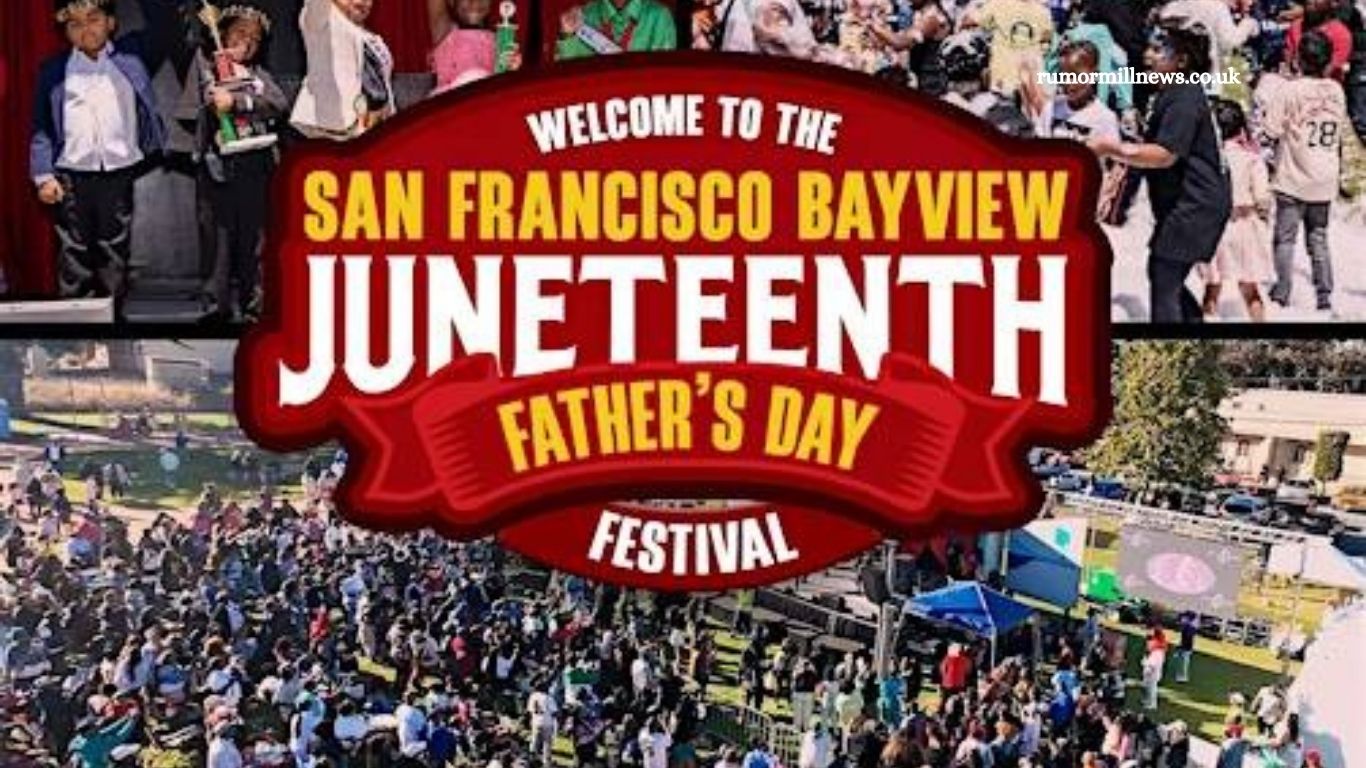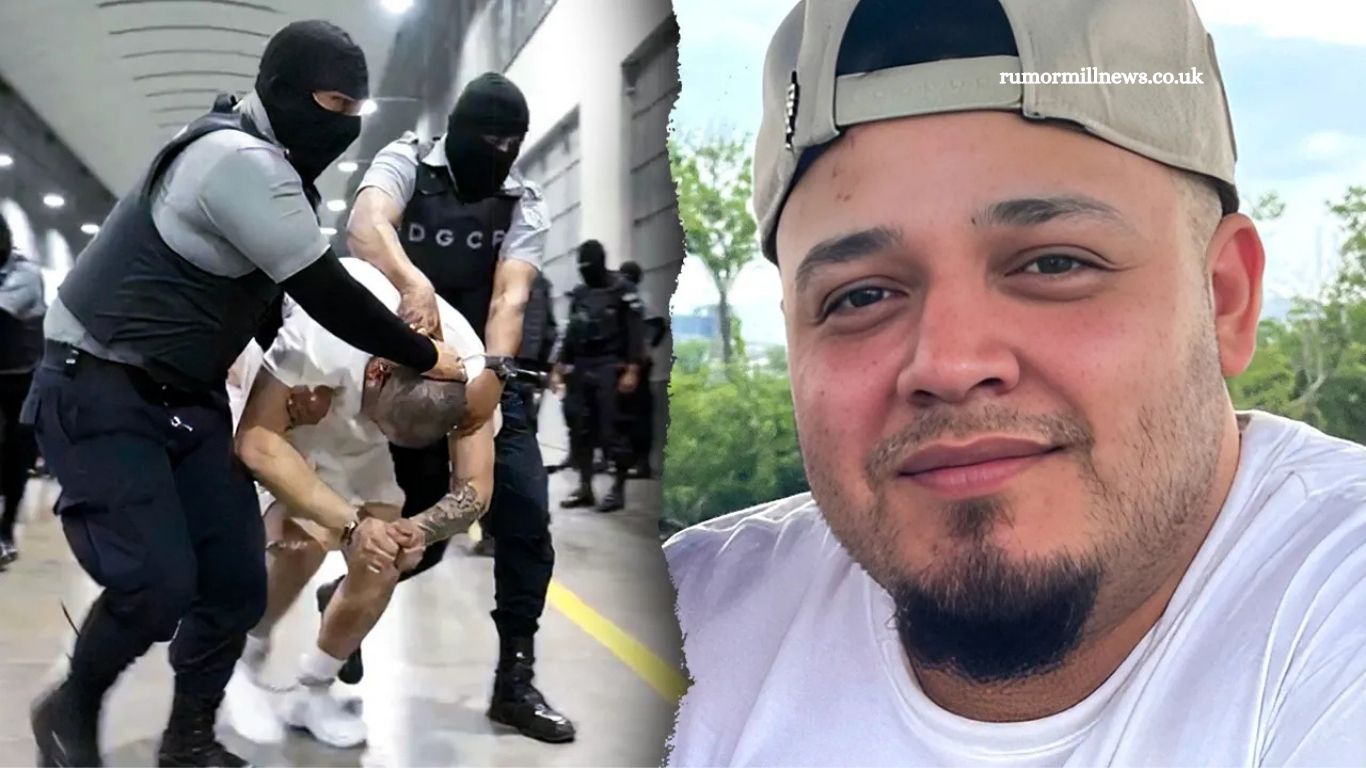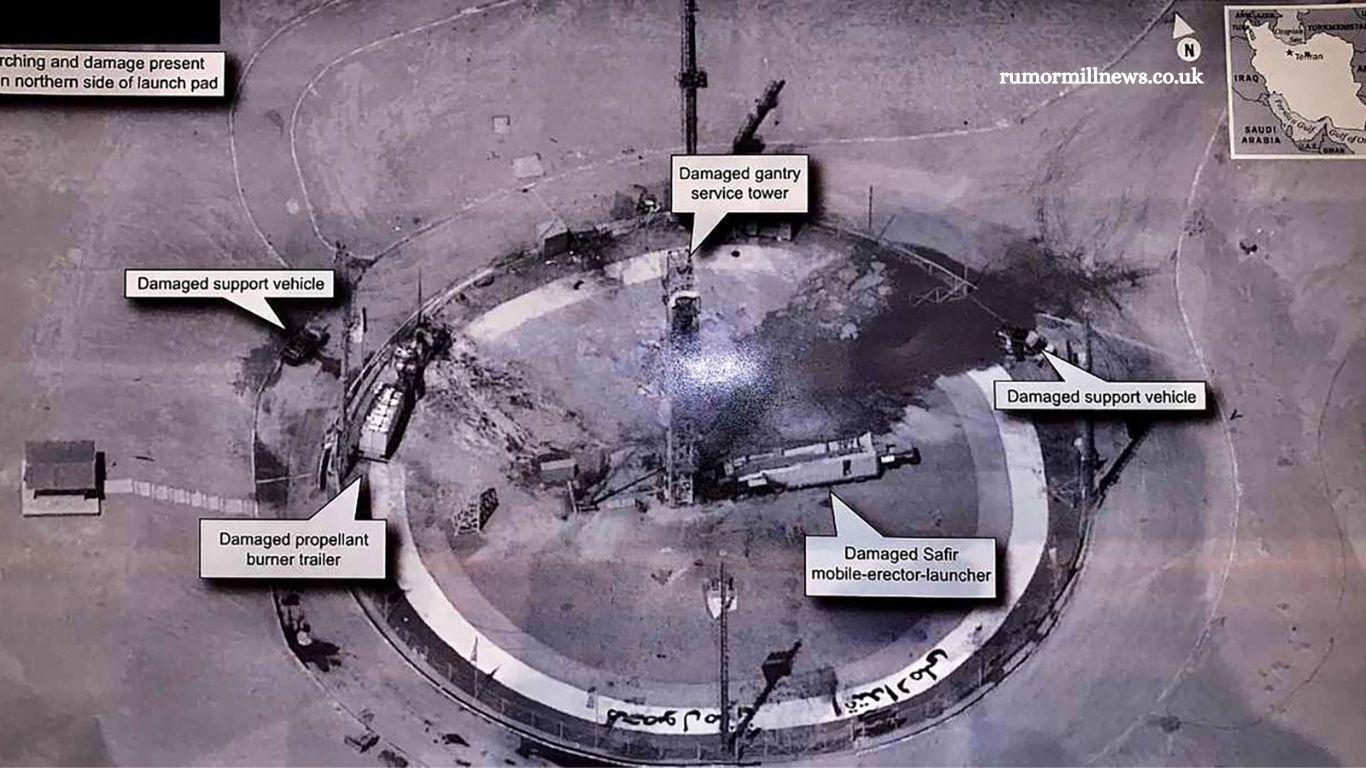Join the vibrant community gathering at Gilman Park, 903 Gilman Ave. in Bayview Hunters Point, on Sunday, June 15, from 11 a.m. to 6 p.m. Experience a powerful celebration of Black solidarity with live performances by multi-platinum R&B artists Lloyd and Musiq Soulchild, plus hip-hop acts, amusement rides, a car show, food and retail vendors, giveaways, and more. Following Dr. Templeton’s vision, this event goes beyond celebration—it’s a statement of unity, Juneteenth, and empowerment. Bring your friends and family, and RSVP on Eventbrite now for free admission!
Special to the Bay View and Post News Group
When 180,000 formerly enslaved Africans in Texas were freed by the U.S. Army, they took immediate political action. Over 90% registered to vote, becoming the majority at the 1866 Texas constitutional convention. Their organizing tool? Jubilee Day on June 19—a powerful symbol of collective strength and determination.
Read More: Wesley Johnson and Mary Helen Rogers’ Juneteenth strategy
Wesley Johnson: Bringing Juneteenth to San Francisco
Wesley Johnson, a visionary leader and Texas native, introduced Juneteenth to San Francisco with a purpose. Owner of the Hotel Texas and Club Flamingo on Fillmore Street, Johnson had long encouraged African Americans to migrate from Texas to the Bay Area. His leadership began as president of the Utopia Negro Students Club at San Francisco State University, where he famously invited the Great Debaters from Wiley College in 1935—defeating both SF State and UC Berkeley.
With shipyard jobs opening during World War II, Johnson knew Juneteenth would draw attention. He famously rode a white horse in his white cowboy hat down Fillmore Street, sparking a tradition now over 80 years strong.
Economic Power Through Unity
Juneteenth’s observance helped galvanize Black migration to the Bay Area. African Americans soon dominated the shipbuilding industry and gained union membership, which led to significant political influence. Johnson’s legacy lives on in the labor victories and electoral successes that followed.
Mary Helen Rogers: A Relentless Organizer
Thirty years after Johnson, Mary Helen Rogers took the mantle. A Texas migrant herself, Rogers co-founded the Western Addition Project Area Committee and led Juneteenth efforts for three decades. Despite having a ninth-grade education and 12 children, she won federal court cases against Ronald Reagan and Richard Nixon, which ultimately led to the passage of the 1971 Uniform Relocation and Assistance Act.
Alongside labor leader LeRoy King, Rogers helped strengthen the church-labor alliance. Their efforts paved the way for Black political leadership, including Terry Francois and Willie L. Brown.
Juneteenth and the Roots of Labor Organizing
Juneteenth is not just a celebration—it’s a blueprint for Black labor organizing. Without access to capital, African Americans turned to cooperative economics. Rogers co-founded Westside Community Health, a culturally responsive mental health provider serving the community for over 50 years.
Juneteenth’s impact on economic self-determination, political representation, and community wellness is profound and enduring.
Reclaiming the Real History of June 19, 1865
While Juneteenth is widely celebrated, its history is often misunderstood. Contrary to popular belief, Galveston was under Union control as early as January 1, 1863. African American troops had already occupied much of South Texas from late 1863 onward.
The narrative that enslaved people didn’t know about the Emancipation Proclamation is false. Slaveholders resisted with force, and the U.S. Army had to destroy plantations to free people. Even after June 19, 1865, it took another year for the Army to physically liberate remaining plantations and protect freed people from violence.
Carrying the Torch Forward
In the spirit of Johnson and Rogers, Juneteenth continues to inspire action. On June 6, I will join Sophie Maxwell and Dr. Carolyn Ransom Scott at the Rafiki Coalition Black Health Summit to discuss how to advance Rogers’ focus on health justice.
On June 19, ILWU Local 10 President Demetrious Williams and I will co-lead a Juneteenth event at the Labor Temple on Fisherman’s Wharf, reinforcing the labor organizing tradition of the holiday.
We will also announce the creation of TheSargent: Sargent Claude Johnson National Museum of African American Art at Pan African Place—a cultural legacy project rooted in the same mission-driven community building Johnson and Rogers exemplified.
Honoring a Tradition with Purpose
Wesley Johnson and Mary Helen Rogers didn’t just celebrate Juneteenth—they organized around it. They set clear goals and achieved lasting outcomes. As we honor Juneteenth, let’s rise to their standard. It’s not just a holiday—it’s a movement.
John William Templeton is the author of “The Black Encyclopedia” and “ReUNION: State of Black Business,” founder of the 21st Journal of Black Innovation National Black Business Month, and publisher of Blackmoney.com.
Frequently Asked Questions
Who was Wesley Johnson, and what role did he play in Juneteenth celebrations in San Francisco?
Wesley Johnson was a Texas-born businessman and civil rights leader who introduced Juneteenth to San Francisco in the 1940s. By organizing annual celebrations in the Fillmore District, he used the holiday as a platform to build community unity, encourage migration from the South, and promote economic empowerment among African Americans.
What inspired Wesley Johnson to start Juneteenth celebrations in the Bay Area?
Johnson saw Juneteenth as a cultural anchor for newly arrived African American workers during and after World War II. With shipyard jobs booming, he used the celebration to connect people to community resources, political action, and economic opportunity.
How did Wesley Johnson use Juneteenth as an organizing tool?
Johnson used parades, music, and gatherings as tools to mobilize the community. His celebrations were not just festive—they were designed to promote labor organizing, voter registration, and civic engagement.
Who was Mary Helen Rogers, and how did she expand Juneteenth’s impact?
Mary Helen Rogers was a powerful community organizer in San Francisco’s Western Addition. Beginning in the 1970s, she led Juneteenth efforts for more than 30 years, tying the holiday to housing justice, mental health services, and Black political empowerment.
What made Mary Helen Rogers’ strategy unique?
Rogers combined grassroots activism with legal victories. Despite limited formal education, she successfully challenged federal policies in court and co-founded key institutions like Westside Community Health, linking Juneteenth to long-term community wellness.
How did labor unions connect to their Juneteenth strategies?
Both leaders aligned Juneteenth with labor organizing. Johnson helped African Americans gain union access in WWII shipyards. Later, Rogers partnered with union leaders like LeRoy King to strengthen the labor-church alliance and push for fair housing and employment policies.
Why is Juneteenth important in the context of economic justice?
For Johnson and Rogers, Juneteenth was more than a historical observance—it was a catalyst for economic development, cooperative business, and Black entrepreneurship in the Bay Area.
What are the lasting impacts of their Juneteenth strategies?
Their strategies laid the groundwork for increased Black political representation, labor protections, and community institutions in San Francisco. The legacy continues through modern events, policy reforms, and cultural institutions like the upcoming Sargent Claude Johnson National Museum of African American Art.
How can modern organizers continue their work?
By using Juneteenth as a launching point for civic engagement, public education, and health equity initiatives, today’s leaders can build on Johnson and Rogers’ blueprint—connecting history to forward-thinking action.
Where can I learn more or participate in current Juneteenth efforts in their honor?
Attend local Juneteenth celebrations like those at Gilman Park and Fisherman’s Wharf. Follow organizations like the 21st Century Journal of Black Innovation or visit Blackmoney.com for updates on policy initiatives, cultural events, and economic development programs inspired by their legacy.
Conclusion
Wesley Johnson and Mary Helen Rogers transformed Juneteenth from a historical commemoration into a powerful tool for community organizing, economic advancement, and cultural pride. Their visionary leadership turned celebration into strategy—mobilizing labor, expanding health access, and driving political change in San Francisco’s Black community.
As we honor Juneteenth today, we’re not just remembering the past—we’re continuing a legacy of resistance, resilience, and renewal. By following in their footsteps, modern organizers can harness the spirit of Juneteenth to build stronger, more equitable communities for generations to come.




